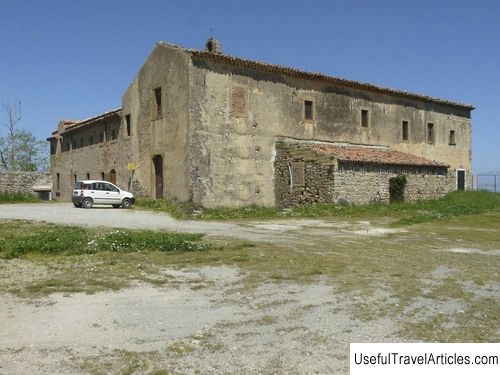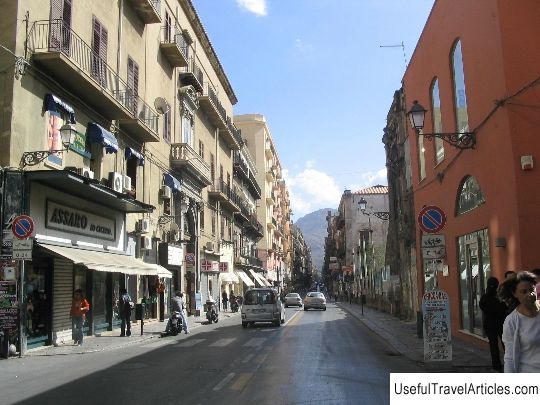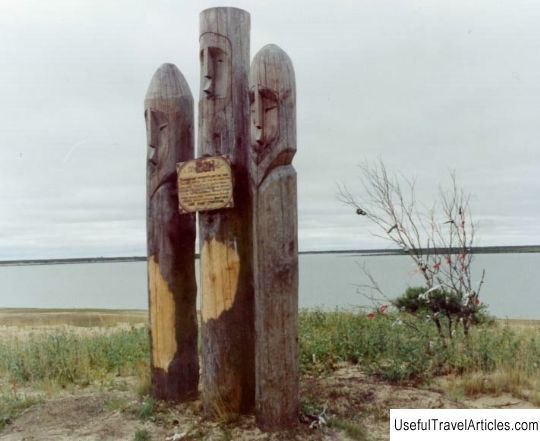Calatafimi quartiere description and photos - Italy: Palermo (Sicily)
Rating: 8,4/10 (654 votes) 
Calatafimi quartiere description and photos - Italy: Palermo (Sicily). Detailed information about the attraction. Description, photographs and a map showing the nearest significant objects. The title in English is Calatafimi quartiere. Photo and descriptionThe Calatafimi quarter is famous for two sights - the Carthaginian cemetery and the Capuchin monastery. The first dates back to 6-4 centuries BC, when Palermo was under the rule of the Carthaginians. Actually, it was they who founded the city in about 600 BC. on the site of an ancient trading settlement. The cemetery consists of approximately 70 graves, most of which are holes dug in the ground. Almost all the artifacts found here can be seen today in the Archaeological Museum of Palermo. But some of the old items buried with the dead remained - for example, ceramic dishes, tools and jewelry. They are displayed in several glass cases at the entrance to the cemetery. Human skeletons can be seen in two tombs. Another noteworthy site for Calatafimi is the eerie Capuchin monastery with its huge catacombs full of mummified remains. Monks began to mummify and embalm the bodies of the deceased members of the noble families of Palermo immediately after the construction of the monastery in the middle of the 16th century and continued until the early 20th century. The last mummy was made in 1920. Mummies, dressed in the finest costumes, were piled along the walls of the catacombs, where they remain to this day. Among the most notable "exhibits" are an officer in an 18th century uniform and a cocked hat and the perfectly preserved body of a 7-year-old girl named Rosalia, who was the last to be embalmed. As for the Capuchin monastery itself, it was significantly rebuilt at the beginning of the 20th century. It contains several small sculptures by the famous master Ignazio Marabitti, as well as a collection of old manuscripts. There is also the grave of Giuseppe Tommasi, the author of one of the best works of Sicilian literature, The Leopard. His body was not embalmed, but buried in a cemetery near the catacombs.       We also recommend reading Yedikule Castle and City Walls description and photos - Turkey: Istanbul Topic: Calatafimi quartiere description and photos - Italy: Palermo (Sicily). |




